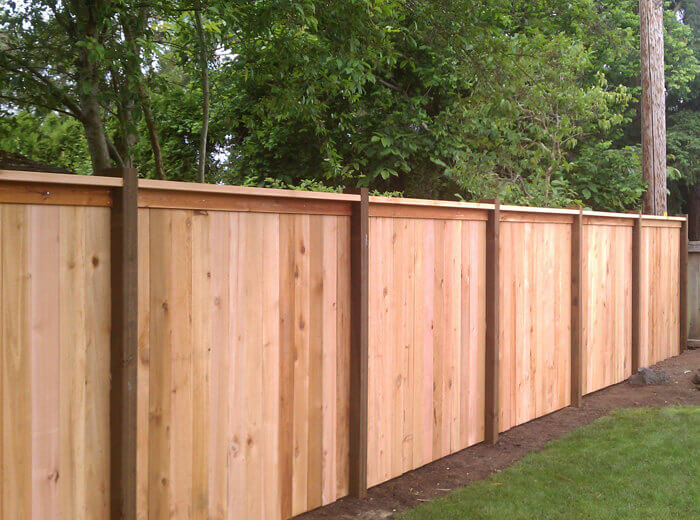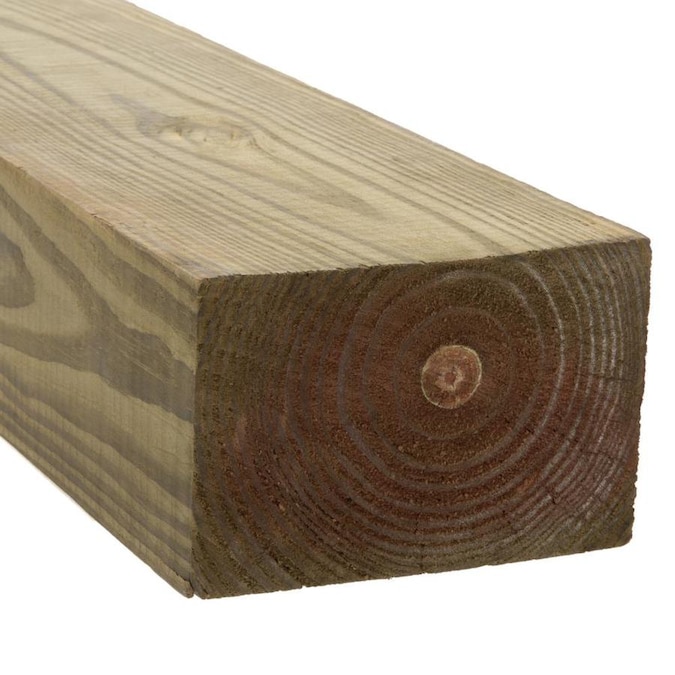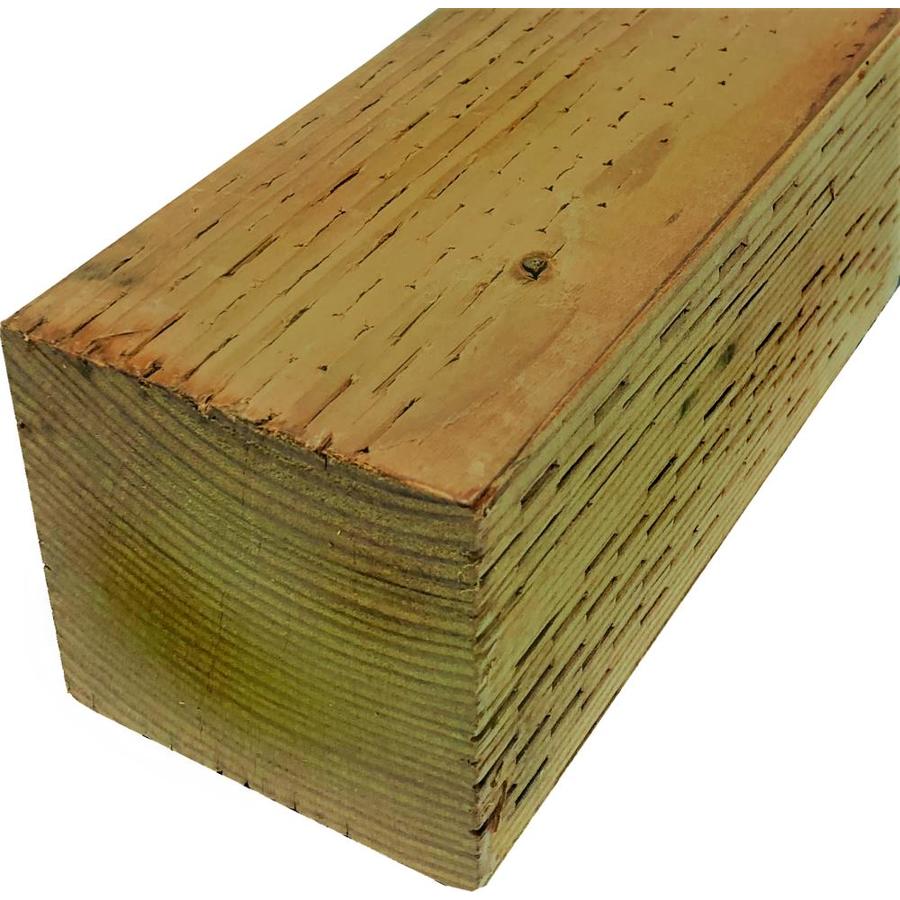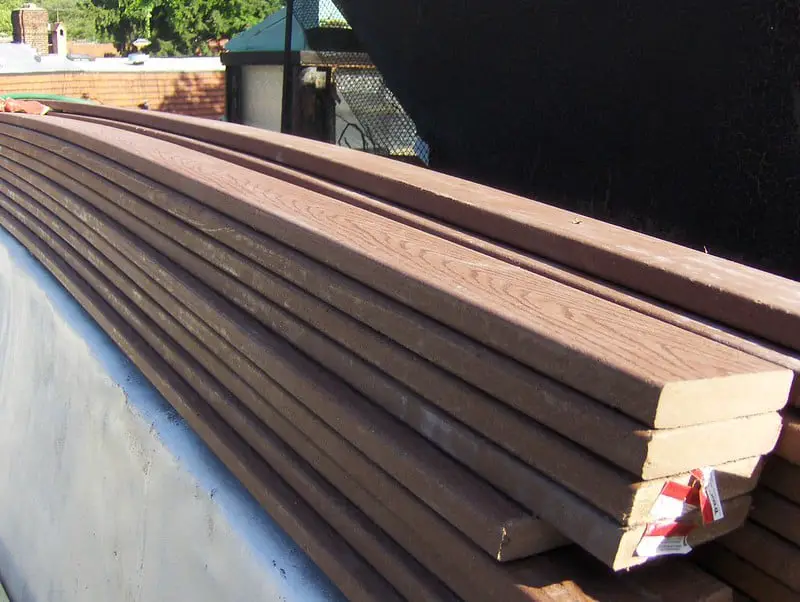Why Choose Pressure Treated Lumber for Your Garden?
When it comes to building a garden, one of the most critical decisions is choosing the right materials. With so many options available, it can be overwhelming to determine which type of lumber is best suited for your garden project. However, if you’re looking for a durable and long-lasting solution, pressure treated lumber for garden construction is an excellent choice. This type of lumber has been treated with preservatives to resist rot, decay, and insect damage, making it an ideal option for outdoor projects. By using pressure treated lumber, you can extend the lifespan of your garden structures and reduce the need for frequent repairs and replacements. Additionally, pressure treated lumber is a cost-effective option compared to other materials, making it a popular choice among gardeners and landscapers.
Understanding the Different Types of Pressure Treatment
When it comes to pressure treated lumber for garden construction, it’s essential to understand the various types of pressure treatment methods available. Each type of treatment has its own set of advantages and disadvantages, and selecting the right one for your garden project can make a significant difference in its longevity and performance. One of the most common types of pressure treatment is Alkaline Copper Quaternary (ACQ), which is effective against rot, decay, and insect damage. Another popular option is Copper Azole (CA), which is known for its ability to resist fungal growth and insect infestations. Borate-based treatments are also gaining popularity, as they are non-toxic and environmentally friendly. Additionally, there are other types of treatments, such as creosote and pentachlorophenol, which are used for specific applications. By understanding the different types of pressure treatment methods, gardeners and landscapers can make informed decisions when selecting pressure treated lumber for their garden projects.
How to Select the Right Pressure Treated Lumber for Your Garden
When it comes to selecting the right pressure treated lumber for garden projects, there are several factors to consider. One of the most critical factors is the type of wood species used. Different species, such as southern yellow pine, spruce, and fir, have varying levels of durability and resistance to rot and decay. Additionally, the type of pressure treatment used can also impact the performance of the lumber. For example, ACQ-treated lumber is ideal for ground contact applications, while CA-treated lumber is better suited for above-ground uses. Certification is also an essential consideration, as it ensures that the lumber meets specific standards for quality and performance. Look for certifications from organizations such as the American Wood Protection Association (AWPA) or the International Code Council (ICC). Furthermore, consider the specific requirements of your garden project, including the level of moisture exposure, soil type, and desired aesthetic. By carefully evaluating these factors, gardeners and landscapers can select the right pressure treated lumber for garden projects, ensuring a safe and durable garden structure that will last for years to come.
The Safety Considerations of Using Pressure Treated Lumber in Gardens
While pressure treated lumber for garden construction offers numerous benefits, it’s essential to be aware of the potential health and environmental risks associated with its use. One of the primary concerns is the leaching of toxic chemicals, such as arsenic and chromium, into the soil and water. This can pose a risk to humans, pets, and wildlife, particularly in gardens where food is grown. Additionally, pressure treated lumber can also release volatile organic compounds (VOCs) into the air, which can contribute to air pollution. To minimize these risks, it’s crucial to follow proper handling and installation guidelines, such as wearing protective gear, avoiding contact with skin and eyes, and ensuring proper ventilation. Furthermore, gardeners and landscapers can opt for alternative pressure treatment methods, such as borate-based treatments, which are considered safer and more environmentally friendly. By taking these precautions and considering the potential risks, gardeners can enjoy the benefits of pressure treated lumber for garden construction while minimizing its potential negative impacts.
Comparing Pressure Treated Lumber to Alternative Materials
When it comes to building a garden, there are several materials to choose from, each with its own set of advantages and disadvantages. Pressure treated lumber for garden construction is a popular choice, but it’s essential to consider alternative materials, such as cedar, redwood, and recycled plastic, to determine which one best suits your garden needs. Cedar, for instance, is a durable and rot-resistant wood species that can be used for garden structures, but it can be more expensive than pressure treated lumber. Redwood, on the other hand, is a softwood that is naturally resistant to insects and decay, but it may require more maintenance than pressure treated lumber. Recycled plastic, a synthetic material, is a low-maintenance option that can mimic the look of wood, but it may not be as aesthetically pleasing as natural wood. When comparing these materials, consider factors such as durability, maintenance requirements, budget, and aesthetic appeal. By weighing the pros and cons of each material, gardeners and landscapers can make an informed decision about which material to use for their garden project, including pressure treated lumber for garden construction.
Real-World Examples of Pressure Treated Lumber in Garden Design
Pressure treated lumber for garden construction is a versatile material that can be used in a variety of garden designs. One popular example is raised beds, which can be built using pressure treated lumber to create a durable and long-lasting structure for growing vegetables, fruits, and flowers. Another example is planters, which can be made from pressure treated lumber to add a decorative touch to patios, decks, and gardens. Fencing is another common application of pressure treated lumber in garden design, providing a durable and low-maintenance barrier to define garden boundaries. Additionally, pressure treated lumber can be used to build garden benches, trellises, and arbors, adding functionality and aesthetic appeal to outdoor spaces. By incorporating pressure treated lumber into garden designs, gardeners and landscapers can create beautiful and functional outdoor spaces that will last for years to come. For instance, a garden designer in California used pressure treated lumber to build a raised bed garden, complete with a built-in irrigation system and seating area, which has become a popular feature in the garden. Similarly, a landscaper in Florida used pressure treated lumber to build a fence around a garden, which has helped to keep out pests and add a touch of elegance to the outdoor space.
Maintenance and Care of Pressure Treated Lumber in Gardens
To ensure the longevity and performance of pressure treated lumber for garden construction, regular maintenance and care are essential. One of the most critical aspects of maintaining pressure treated lumber is cleaning. Regularly cleaning the lumber with a mild detergent and water can help remove dirt and debris that can accumulate and cause damage. Additionally, sealing the lumber with a waterproof sealant can help protect it from the elements and prevent rot and decay. It’s also important to inspect the lumber regularly for signs of damage or wear, and to repair or replace damaged sections as needed. Furthermore, applying a wood preservative to the lumber can help extend its lifespan and prevent insect damage. By following these simple maintenance and care tips, gardeners and landscapers can ensure that their pressure treated lumber for garden structures remains durable and safe for years to come. For example, a gardener in Oregon uses a pressure washer to clean their pressure treated lumber planters every spring, which helps to remove dirt and debris and prevent damage. Similarly, a landscaper in Texas applies a waterproof sealant to their pressure treated lumber fencing every year, which helps to protect it from the elements and extend its lifespan.
Conclusion: Building a Beautiful and Long-Lasting Garden with Pressure Treated Lumber
In conclusion, pressure treated lumber for garden construction offers a durable and long-lasting solution for gardeners and landscapers. By understanding the benefits and considerations of using pressure treated lumber, including its resistance to rot, decay, and insect damage, gardeners can create beautiful and safe outdoor spaces that will last for years to come. Whether building raised beds, planters, fencing, or other garden structures, pressure treated lumber provides a reliable and low-maintenance option. By following the tips and guidelines outlined in this article, gardeners can select the right pressure treated lumber for their garden projects, maintain and care for it properly, and minimize potential health and environmental risks. With its many advantages and benefits, pressure treated lumber for garden construction is an ideal choice for anyone looking to build a beautiful and long-lasting garden. So why wait? Start building your own durable and safe garden structures with pressure treated lumber today!








